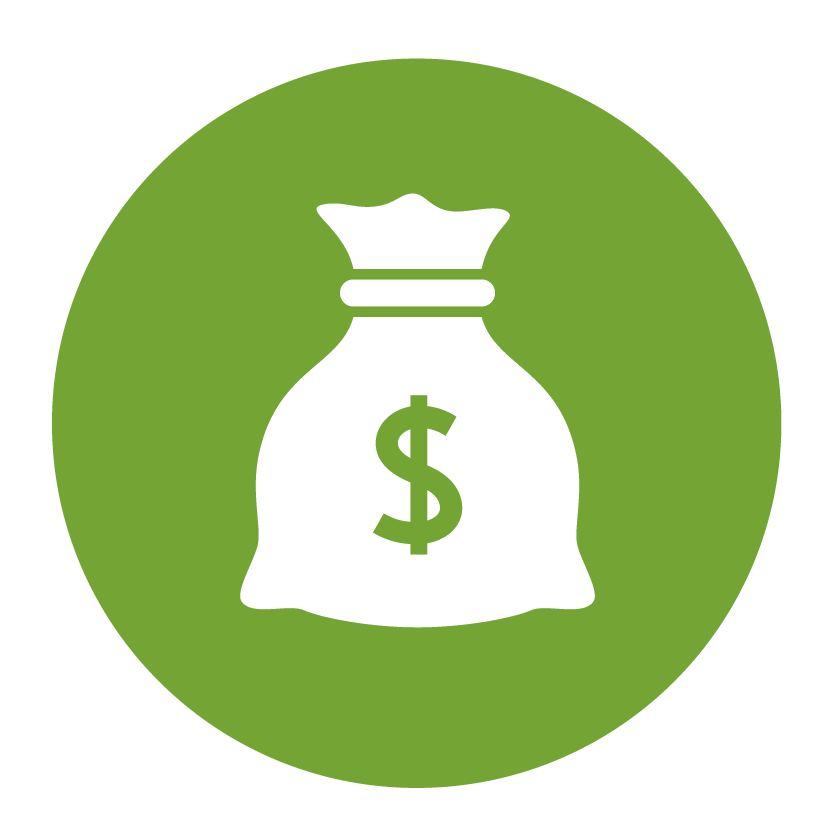
Traditional pensions. Innovative solutions.
VIA Private Sector Solutions
The consultants at VIA Actuarial Solutions have decades of experience providing actuarial services to private sector employers. Our pension actuarial services are generally split into two categories: traditional ERISA pension plans and cash balance retirement savings plans. Additional VIA specialties include retiree healthcare plans (OPEB), pension plan “endgame” solutions, advanced nondiscrimination testing, and non-qualified supplemental pension plans (SERPs).
 ERISA PENSION PLANS
ERISA PENSION PLANS
Although not as popular as they used to be, there are still many employers sponsoring traditional pension plans. ERISA pension actuarial services are at the core of what we do as retirement actuaries. The key differentiator between our firm and the national chains is the additional value we deliver to our clients. This value comes from the personal attention we provide, as well as our ability to take complex results and communicate them in a clear, straight-forward manner.
In addition to annual actuarial funding valuations and recurring compliance services, our solutions include:
- FASB and SSAP accounting valuations
- Actuarial audits and assumption reviews
- Funding policy studies with contribution and cost projections
- Plan re-design studies, union negotiation support, and risk assessments
- Pension risk transfer strategies: lump sum windows, annuity lift-outs, liability-driven investing, and plan terminations
- Advanced nondiscrimination testing solutions
What advice do we have for the many employers with frozen traditional pension plans? Now is the time to draft an “endgame” strategy for reducing your pension risk exposure. We can help clarify your options and develop a concrete strategy to methodically reduce your pension risk.
 CASH BALANCE RETIREMENT SAVINGS PLANS
CASH BALANCE RETIREMENT SAVINGS PLANS
Cash balance plans, whether for large partnerships or small professional firms, can be a valuable way to accumulate significant tax-deferred retirement savings. We’ve seen hundreds of different designs – and we’re ready to help you evaluate whether a cash balance plan will be a good fit for your firm.
Our best advice: don’t get caught up in the hype when considering a proposed cash balance plan. They can be great for many firms, but they’re not for everybody. We’ll help you take an “eyes wide open” approach so you understand your options and how a cash balance plan can help you achieve your retirement savings goals.
 SPECIALTY SOLUTIONS
SPECIALTY SOLUTIONS
“Endgame” strategies: Employers with frozen plans often operate without a clear endgame and are constantly chasing “full funding”. We help clarify your options and develop a concrete path to methodically reach a plan termination outcome.
Advanced nondiscrimination testing solutions: We regularly work with employers that have unique nondiscrimination testing needs. Corporate transactions, non-uniform benefit programs, and complex controlled group structures can create difficult nondiscrimination testing situations. Our consultants are experts at developing innovative and sustainable testing solutions.
Retiree healthcare (OPEB) plans: OPEB is one of our specialties, and our consultants have decades of experience valuing these liabilities under both GAAP and Statutory accounting rules. Though less prevalent than they used to be, we have many private sector OPEB clients and a dedicated OPEB actuarial team to support you. Please contact us if you have any questions about using contemporary fixed-benefit plan designs to manage your OPEB costs.
Supplemental Executive Retirement Plans (SERPs): Non-qualified supplemental pension plans often face many challenges: rigorous operational and tax rules, escalating costs, and volatile accounting liabilities. VIA Actuarial Solutions offers comprehensive SERP actuarial services to help employers navigate these important executive benefit plans.






